Answering Common Questions for New Contact Lens Wearers
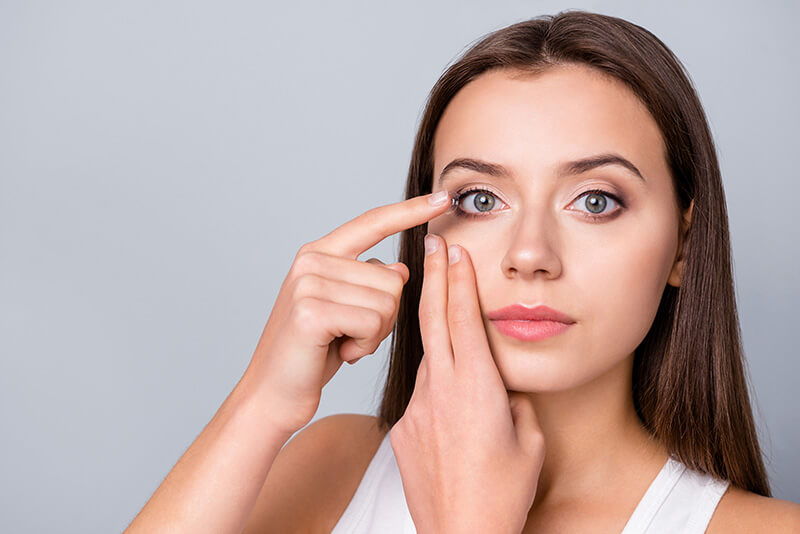
According to Vision Australia, about 453,000 people are estimated to have low vision or blind in Australia.
While many people may use glasses, some may find the frames quite cumbersome, causing inconvenience during physical activities and therefore turn to contact lenses for ease of wear or for aesthetic reasons.
Contact lenses have significantly improved in quality thanks to advancements in materials and technology by manufacturers. As a result, using contact lenses now is almost as if one were not wearing any corrective eyewear at all.
If you’ve not worn contact lenses before, it may take some time for your eyes to adjust to them. You might be nervous and have trouble with inserting, removing, and handling contact lenses for the first time. But once you get used to them, contact lenses become just another part of your daily routine, like brushing your teeth or washing your face.
In this blog, we will introduce the main things that new contact lens wearers need to know.
Things Contact Lens Beginners Should Know
The Importance Of Obtaining A Prescription For Your Eyes
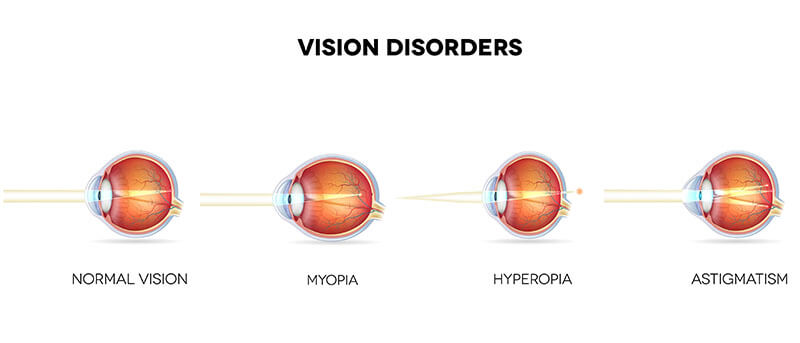
Firstly, contact lenses work by adjusting the focus of incoming light to the eyes, which provides clear vision of objects and surroundings. They are categorised as advanced medical devices for vision correction as they address vision issues by being placed on eyes with conditions where the focus of incoming light is not properly aligned, commonly known as poor eyesight.
When using contact lenses, it is crucial to utilise prescription lenses based on an optometrist's prescription. This is necessary because conditions such as myopia (nearsightedness), hyperopia (farsightedness), astigmatism (which requires toric lenses), and presbyopia (which requires bifocal or multifocal lenses) all require specific prescriptions for contact lenses.
Individual differences in eye size and curvature necessitate customised prescriptions for contact lenses to ensure optimal vision correction and comfort. It's important to note that prescriptions for glasses and contact lenses differ. While glasses sit about 12mm away from the cornea, contact lenses are placed directly on the cornea. As a result, data on the curvature of the cornea is essential for contact lens prescriptions.
Furthermore, there are various types of lenses such as Daily, Fortnightly, and Monthly. Depending on your eye condition, an optometrist may recommend Daily lenses or contact lenses with high oxygen permeability like Silicone Hydrogel.
Therefore, it is essential to obtain a prescription for your eyes from an optometrist.
Important Hygiene Practices For Handling Contact Lenses
When handling contact lenses, always wash your hands with soap and water, and dry them thoroughly with a clean towel or paper towel before handling the lenses. Although tap water is adequately treated for drinking, it may still contain small amounts of bacteria. Therefore, we strongly advise you not to rinse or store contact lenses with tap water.
Find out here how to handle contact lenses properly.
How To Safely Insert And Remove Contact Lenses
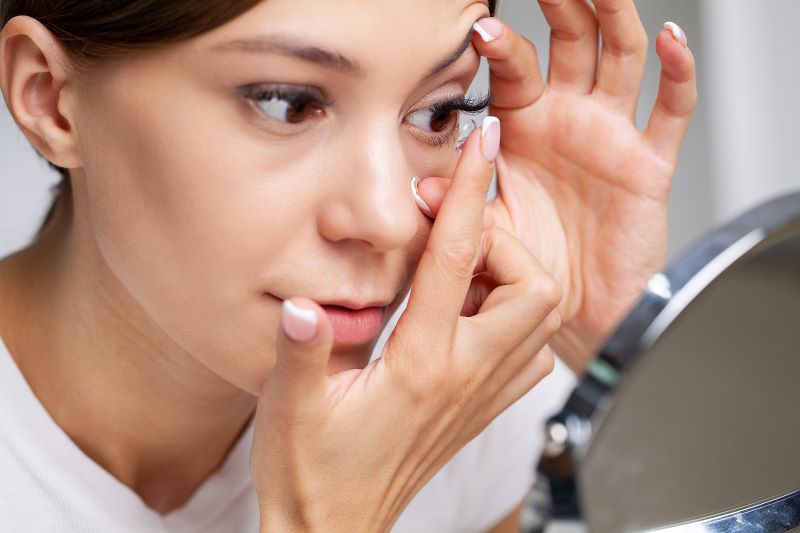
When you see an optometrist for the first time to obtain a prescription for contact lenses, you're likely to learn the correct handling procedures.
The main steps are as follows:
Inserting Lenses
Open your eyes wide: Use your finger to pull down the lower eyelid and lift the upper eyelid with another finger or two.
Insert the contact lenses: Place a lens on your fingertip, facing the right way, and gently put it onto your eye while looking in the mirror.
Settle the lenses: Release your fingers and blink slowly to let the lens settle comfortably on your eye.
Removing Lenses
Confirm lens position: Tilt your chin down, look up in the mirror to check the lens position.
Open your eyes wide: Hold both upper and lower eyelids open with your fingers.
Remove the contact lens: Pinch the lower part of the lens with your thumb and index finger and gently take it out.
For more details, please check here.
Concerns When Wearing Contact Lenses
Many people may feel anxious about wearing contact lenses, fearing "pain" or "discomfort." While it's true that some individuals may experience discomfort or even pain when inserting contact lenses for the first time, it's important to gradually extend wearing time each day and accustom to it comfortably.
(Every individual's eye condition varies, so please follow the instructions of an optometrist regarding wearing time.)
There are several reasons for discomfort when wearing contact lenses.
Lens displacement: Wearing lenses inside out or using lenses with an improper base curve can cause them to shift, leading to discomfort. It's important to have the right prescription and check the lenses before wearing them.
Eye dryness: If you use a digital device for too long, or wear lenses continuously for a long time or are exposed to dry environments; the contact lenses in your eyes may cause dryness and discomfort. All the above can lead to insufficient tear production, resulting in dryness of the cornea and discomfort. Taking regular breaks to rest your eyes, consciously blinking more frequently, and using eye drops or artificial tears can help alleviate dryness.
I've put on a contact lens, but can't find it!?
In such cases, you may worry that the lens has gotten stuck behind your eye. However, due to the structure of the eye, contact lenses cannot actually get lodged behind the eyeball.
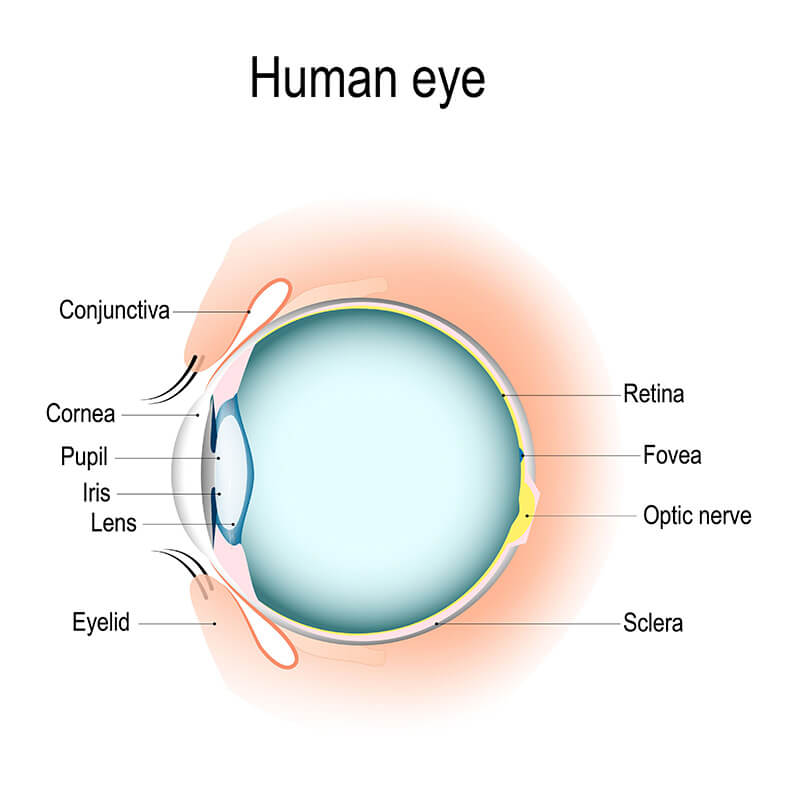
- Take a moment to calm down and check carefully.
- Use a mirror to look for the lens.
- Blink slowly to moisten your eyes and help the lens return to its place.
- Alternatively, close your eyes and move them around to moisturise them with tears.
- Once you see the lens, moisturise your eyes with tears or eye drops, and then gently pinch and remove them.
Here's what to do in such situations:
Tips For Contact Lens Wear In Common Situations
Wearing Contact Lenses Before Makeup
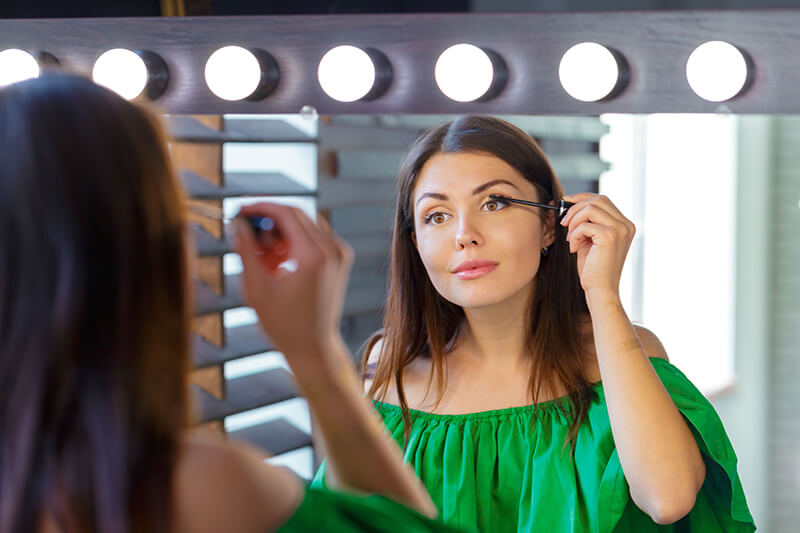
Apply your contact lenses before putting on makeup. Makeup residue on your fingers can transfer to the lenses and stain them if touched. Similarly, when removing makeup, take out your contact lenses before cleaning to avoid lens cleaning solution getting into your eyes and sticking to the lenses.
The Risk of Napping While Wearing Contact Lenses

When you're tired, it's natural to want to lie down on the sofa for a quick rest or take a nap. If you're wearing contact lenses, you might find it bothersome to take them out, so you end up napping with them on, or you might fall asleep even though you didn't mean to take a nap.
However, when taking a nap, always remove your contact lenses.
(There are also extended wear contact lenses available, but please consult an eye doctor and ensure that your eyes are suitable for use before using them.)
The cornea, which is where the contact lens is placed, requires oxygen. When the eyes are closed during sleep, it limits the intake of atmospheric oxygen. As a result, only a minimal amount of oxygen is absorbed from the blood vessels behind the eyelids, typically around one-third of the normal amount. In such a scenario, wearing contact lenses would result in further obstruction of oxygen flow to the cornea, increasing the risk of infections and vision impairment.
Contact Lens Cost (Some Examples)
When choosing the type of contact lenses, factors such as lifestyle preferences (opting for daily disposables for convenience, etc.) and quality (products with high water content for comfortable wear, products with high oxygen permeability like Silicone Hydrogel, etc.) are certainly important considerations. However, many customers also prioritise the price.
The cost of contact lenses can vary depending on the type, quality, and brand. Except for daily lenses, you'll also need to budget for storage cases, cleaning solution, and storage solution.
Let's take a look at the approximate monthly cost of our top-selling contact lens products.
(The price is based on the base price as of April 2024.)
Daily Contact Lenses

Qieto1day (30 Pack) (Daily Contact Lenses)
Affordable and comfortable wearing contact lenses with high water content.
Exclusive to us.
Base Price: AU$22.90
Monthly Cost: AU$45.80 (AU$1.53 per day)

Qieto1day Rich (30 Pack) (Daily Silicone Hydrogel Contact Lenses)
The lenses are made of Silicone Hydrogel and provide long-lasting moisture to the eyes through high oxygen permeability. Exclusive to us.
Base Price: AU$32.90
Monthly Cost: AU$65.80 (AU$2.19 per day)
Fortnightly Contact Lenses
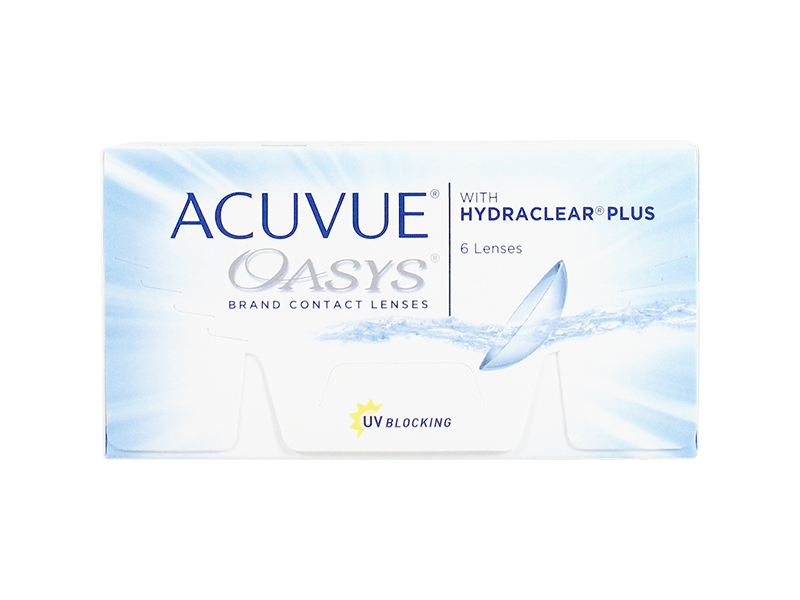
Acuvue Oasys (6 Pack) (Fortnightly Silicone Hydrogel Contact Lenses)
Highly popular contact lens brand in the market with Silicone Hydrogel.
Base Price: AU$35.90
Monthly Cost: AU$23.93 (AU$0.80 per day)
Monthly Contact Lenses

Biofinity (6 Pack) (Monthly Silicone Hydrogel Contact Lenses)
Highly popular contact lenses with Silicone Hydrogel and high oxygen permeability.
Base Price: AU$54.90
Monthly Cost: AU$18.30 (AU$0.61 per day)
Clear Vision and Convenient Lifestyle with Contact Lenses!
When you first start wearing contact lenses, you might still feel some anxiety or nervousness. However, as you gradually get used to wearing them, the world that was once blurry becomes clear, freeing you from the inconvenience of glasses. This can help alleviate any remaining anxiety or tension you may have had.
Even after getting used to wearing them, remember to handle your contact lenses correctly and attend regular eye exams to maintain healthy eyes for the long term.
